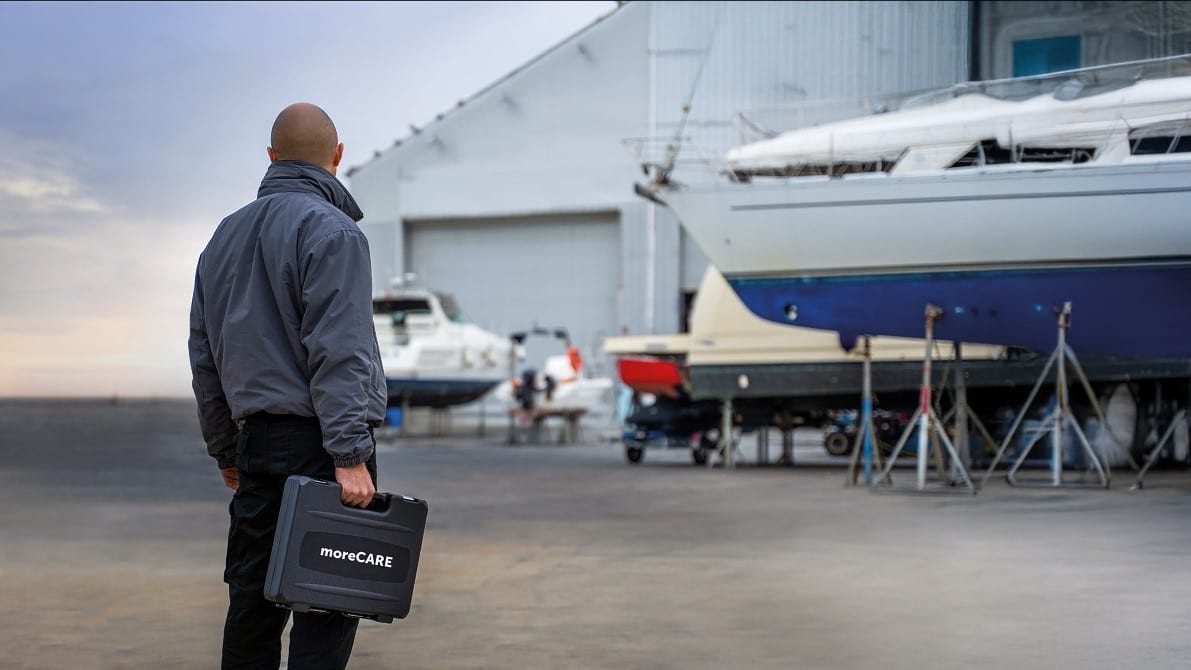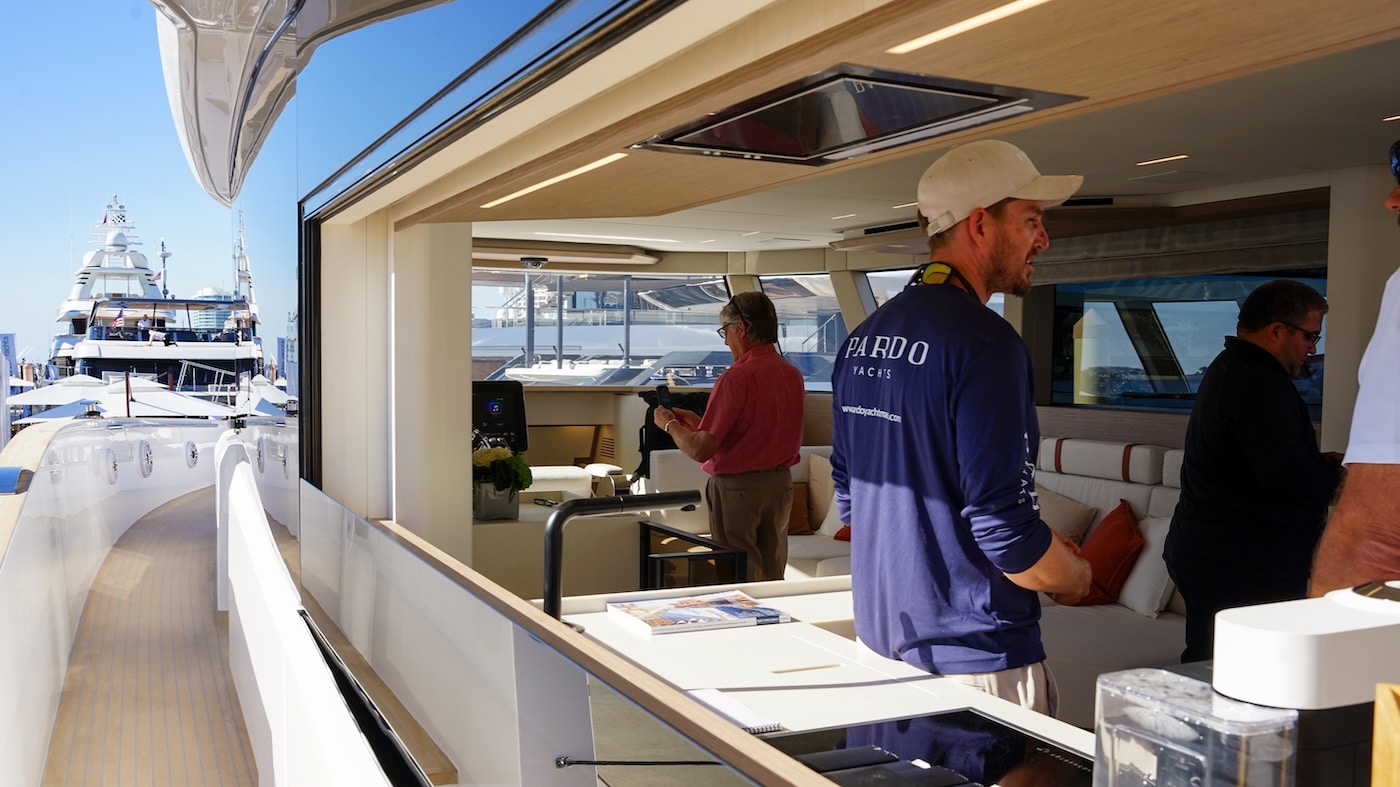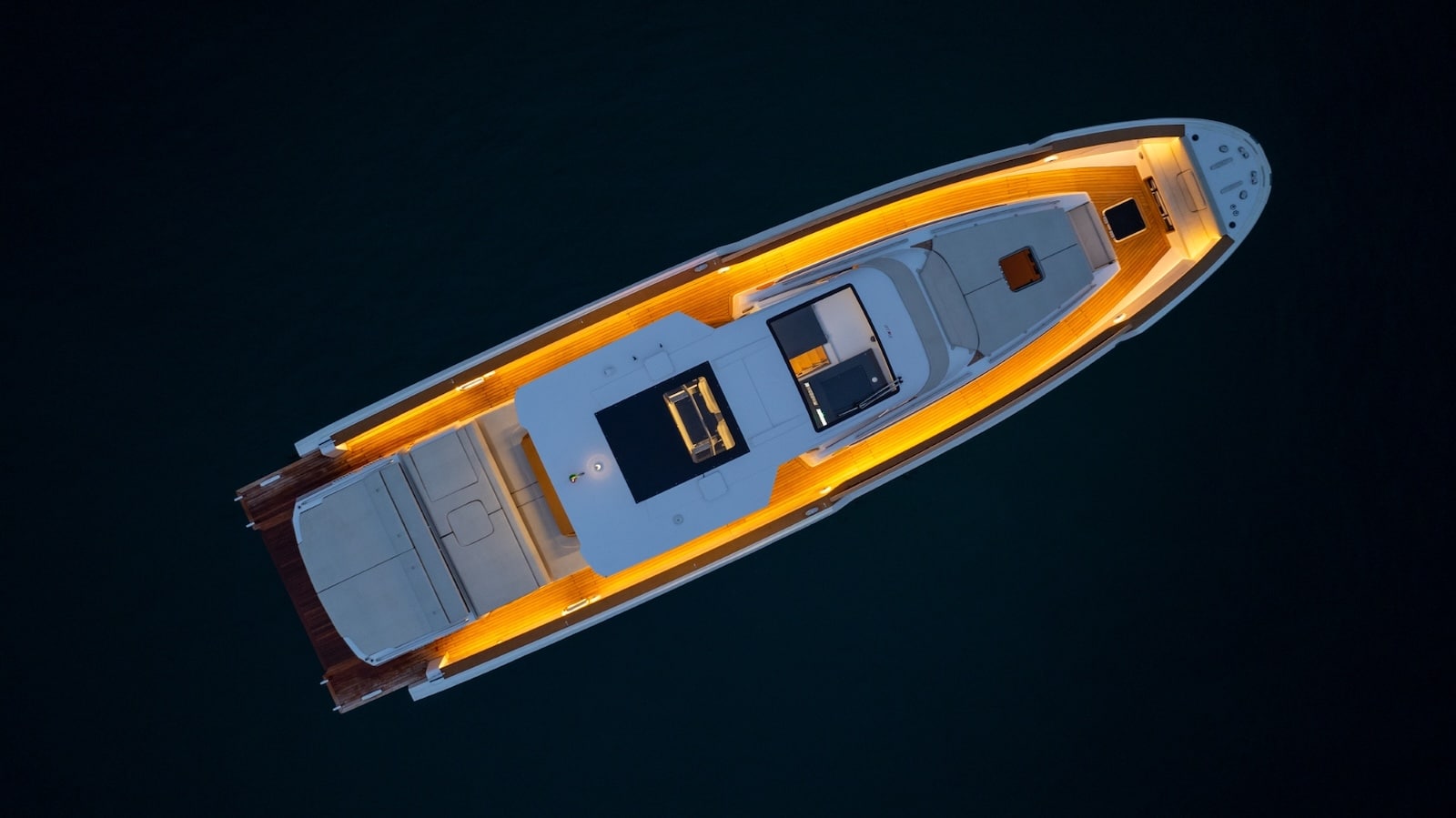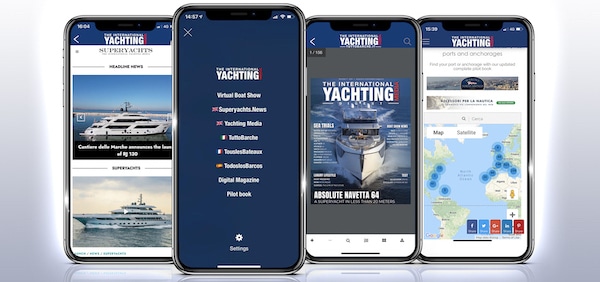As you know, the official dates of the 37th America’s Cup are scheduled for the 2024 regatta, the event will kick off in Barcelona on Saturday, 12 October and wrap up on Sunday, 20 October, with two races held on each official day of the regatta.
Official racing days are the 12, 13, 19 and 20 October. The Women’s America’s Cup Regatta Final will be held on 16 October, while 18 October will serve as an extra race day if needed. An additional three days are marked as reserve race days, which can be used at the organisers’ discretion, depending on weather and water conditions.
January has been an Intensive month for all the 37th America’s Cup teams with their training programs. The build-up to the race is more about data collection and analysis of the boat’s performance, Than anything else. Still, the sign of for the AC75 designs is only a few months away, so the teams have been working overtime pushing men, women and machines to the limit.

DOUBLE TAKE, Emirates Team NEW ZEALAND
Defending Champions AMERICAS CUP HOLDER, winner of the 2021 Americas cup
Today the team had their two AC40s, one in pure one-design set-up whilst the other was in LEQ12 development mode lined up for the first time that this has happened in the short history of this most exciting of new classes.
For the other America’s Cup teams watching on, it’s a terrifying sight. The degree to which the Kiwi shore crew are operating is extraordinary, with comms and data links nailed, two AC40s at full tilt, lining up against each other at incredible speeds, is a sight to behold. At 40+knots, the Youth & Women’s America’s Cup came galloping past with no quarter given to the established senior helms of Nathan Outteridge and Pete Burling. Leo Takahashi and Liv Mackay’s next-gen helms gave more outstanding accounts of themselves.
After some horrendous weather in Auckland, New Zealand, over the weekend, thankfully, the rains passed, and what was left over was a near-perfect 10-12 knot breeze in the ‘Back Paddock’ that had both boats at 40+ knots at times and within a few laps, the natural Kiwi tendency to race it was as though the 37th America’s Cup had started already.
Extract from the Interview with the team
The advantages of the two boats squaring off were quick to materialise for coach Ray Davies:“The boats were engaging so well from the outset and as a result you could definitely see some instant gains in communication between the guys and girls onboard, obviously keeping check on the other boat’s performance and moves which is really important as far as match racing goes.”
“It was a big day for Liv and Leo to step into that racing line up position and as we expected from both of them they did a unbelievable job. Obviously, Sam and Marcus haven’t had a huge amount of time in their roles either and they were great, as was JJ (Josh Junior) keeping it all together on that boat really well.”
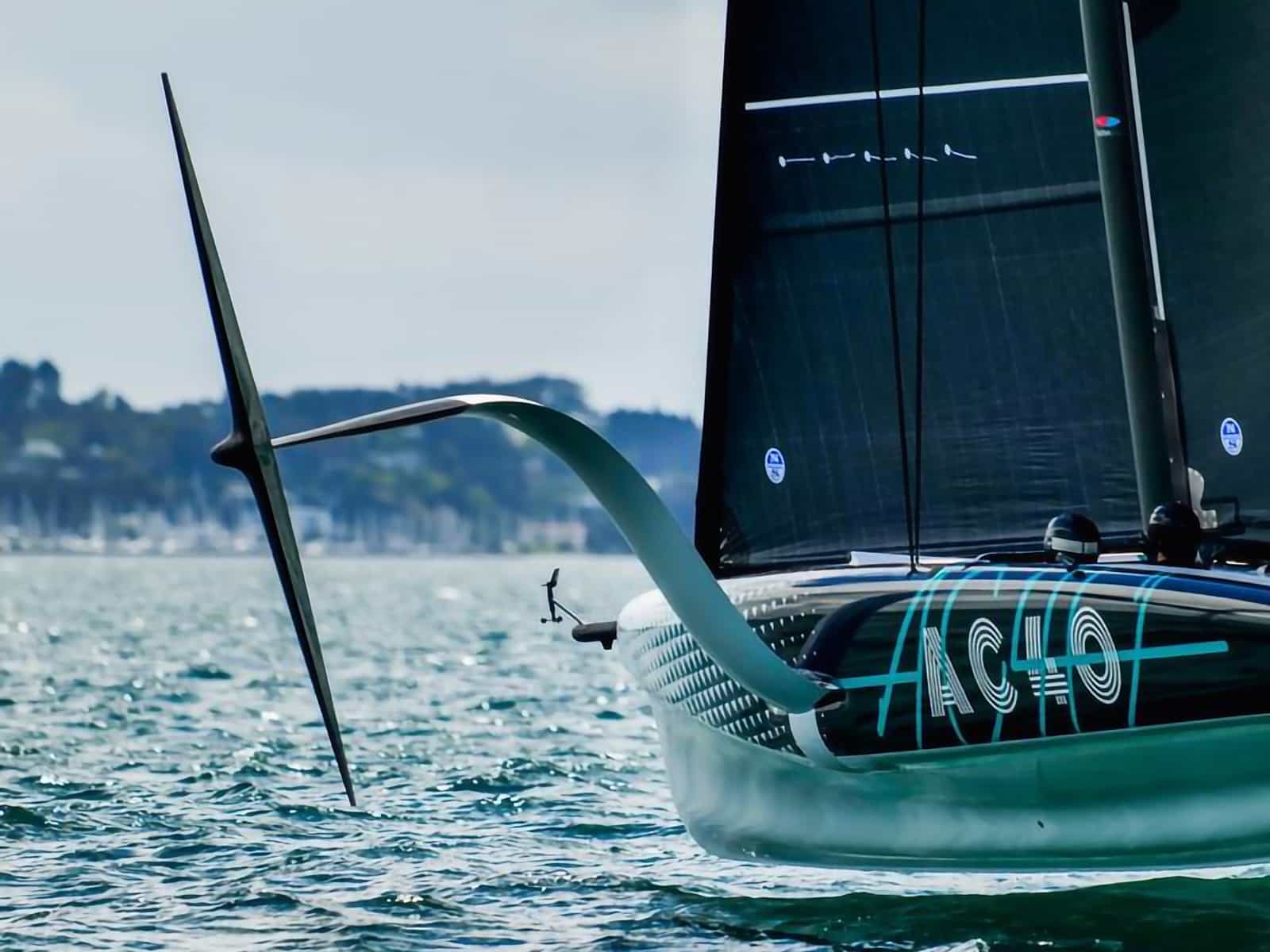
“I just can’t get enough; it is awesome sailing,” explained Liv Mackay, who had over an hour and a half on the helm.
“I can’t wait for more Women and Youth teams to get on the AC40. They are so fun, a bit like a go-cart. So it is going to be some incredible racing and a big step up in skill set which is going to be so so good for all of us.”
Takahashi was equally excited by the new class of boats.
“The boats are epic. Like nothing I have ever sailed. They foil fast, all the aero and foils are super cool to learn about and get the hang of, so I am looking forward to keep learning and asking questions of all the guys.” He said.
“We were meant to keep it simple and chill for a bit, but the other guys lined us up. I think we got a lot out of it and for me straight into the deep end, but really grateful for the opportunity. Everyone has been really good to me and the learning has been super steep but just getting the hang of it and looking forward to the next few weeks to come.”
Today’s session, which included several match race scenarios and lineups, created an instant increase in intensity for the on-water programme for sailors and entire on-water operations.
In campaigns long past, the sight of two boats testing was a common occurrence, especially in the days of the IACC class used between 1992-2007. But not since 2012 has Emirates Team New Zealand had two boats together when a couple of SL33s were used to verify the significance of foiling vs non-foiling in the America’s Cup.




















